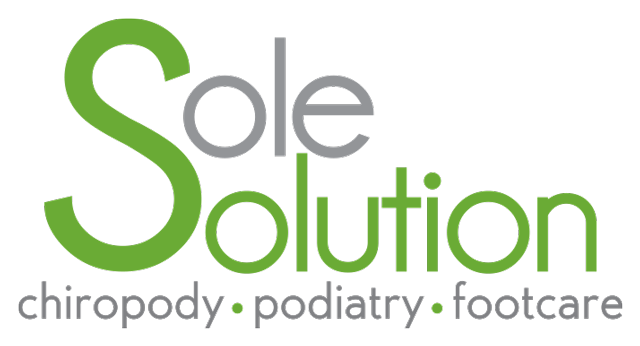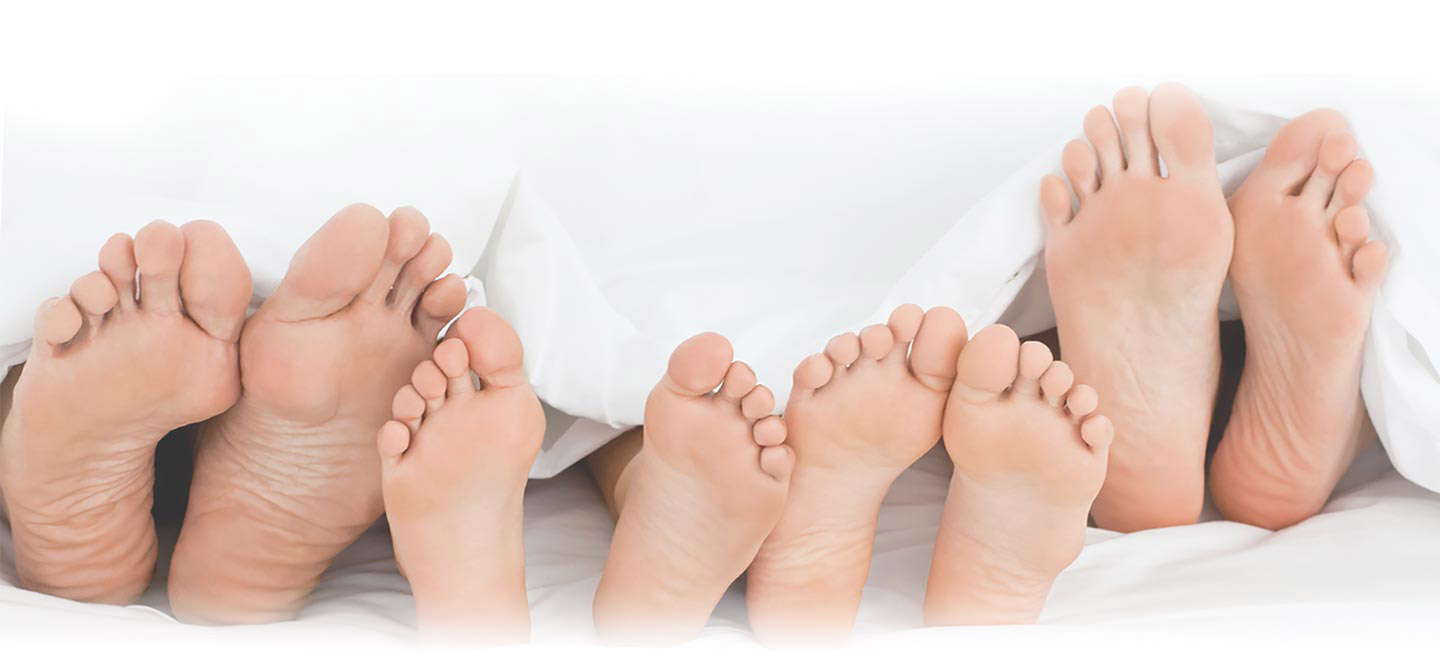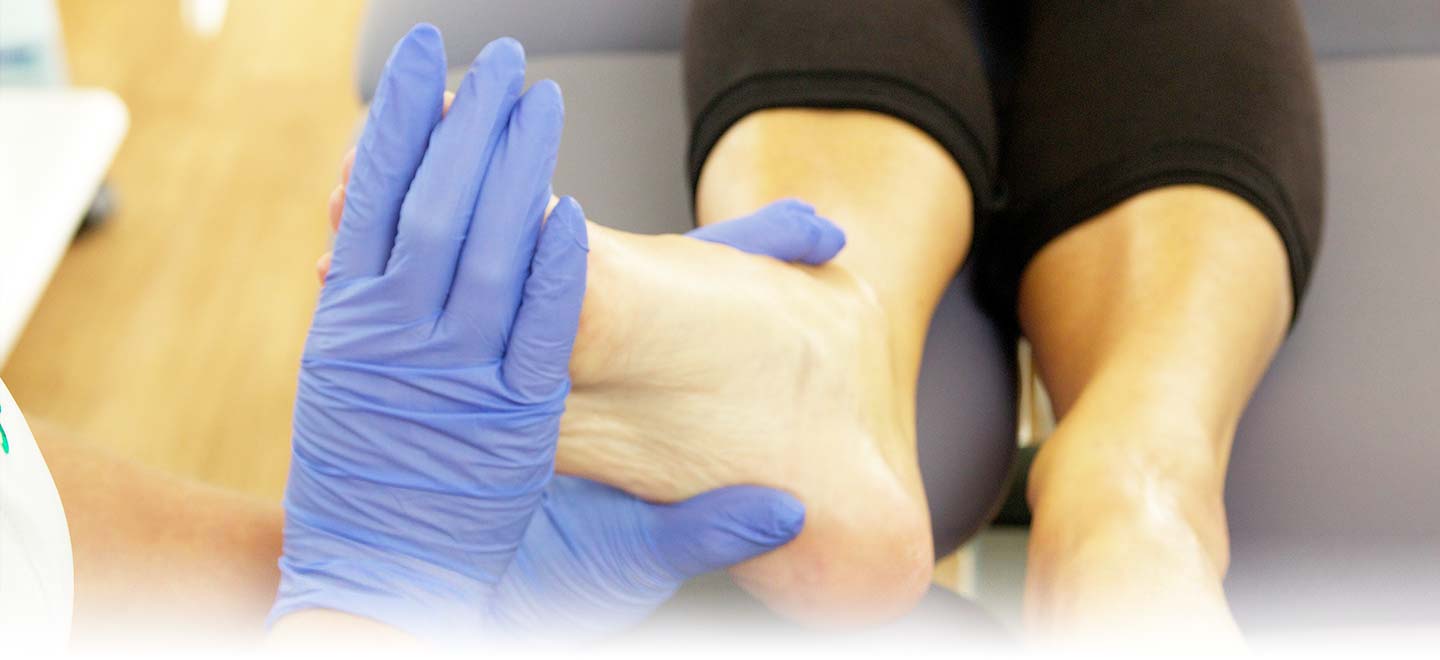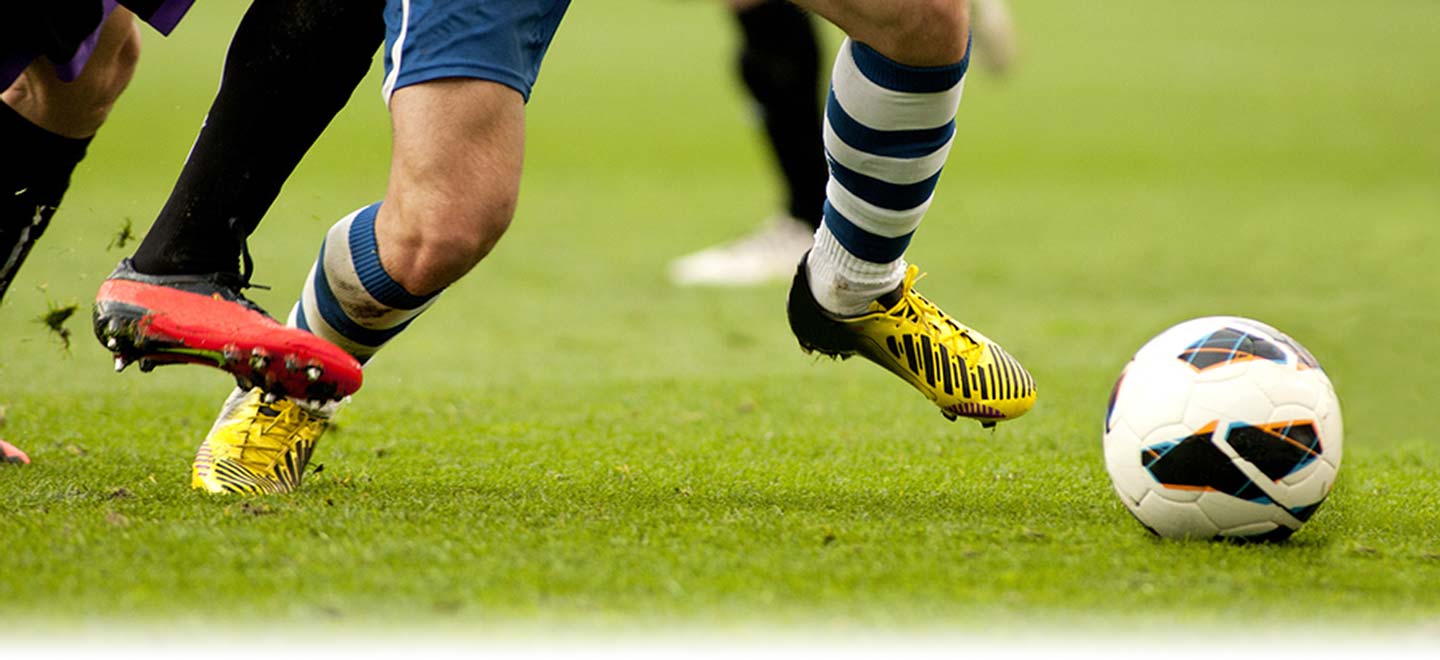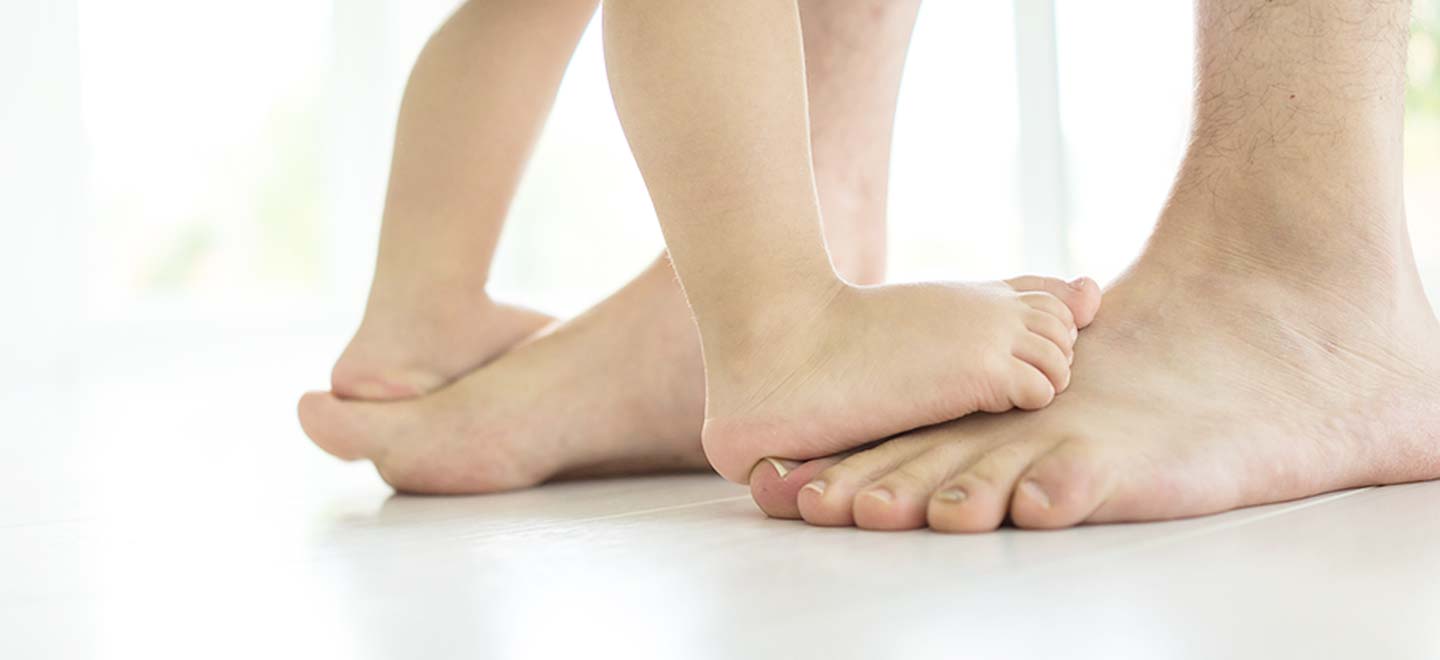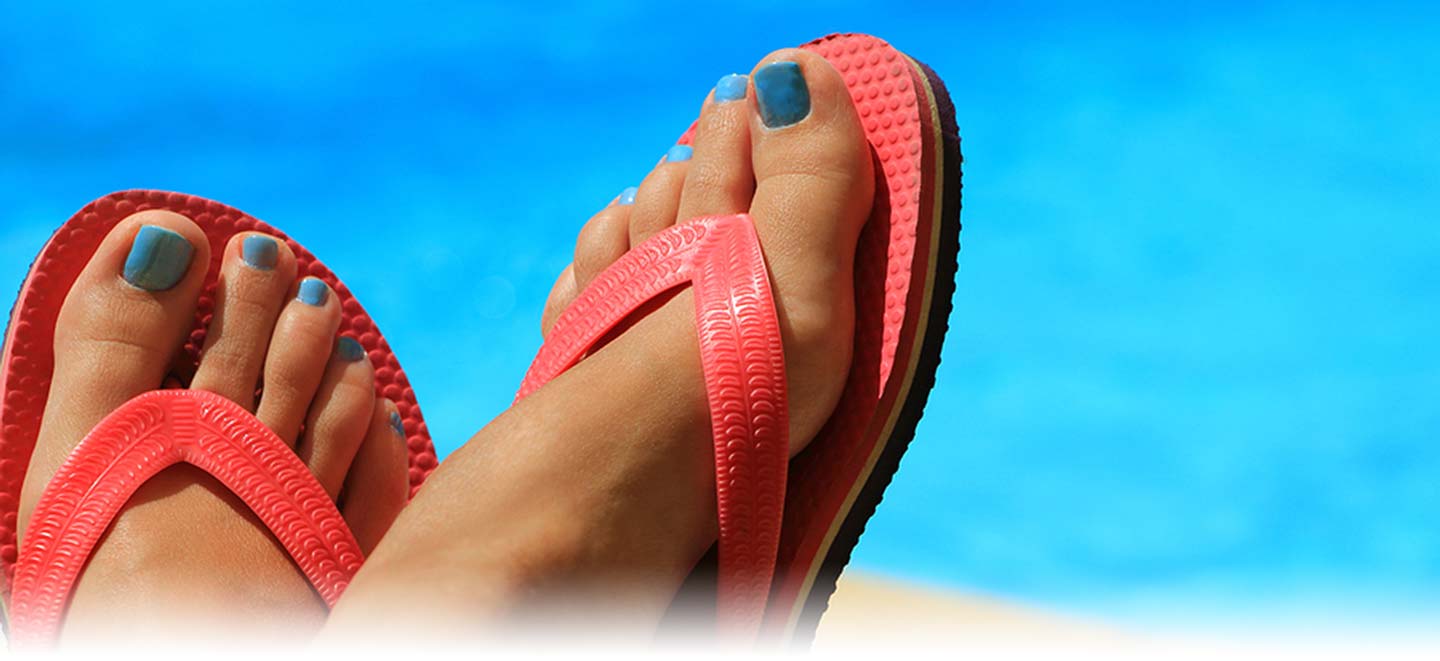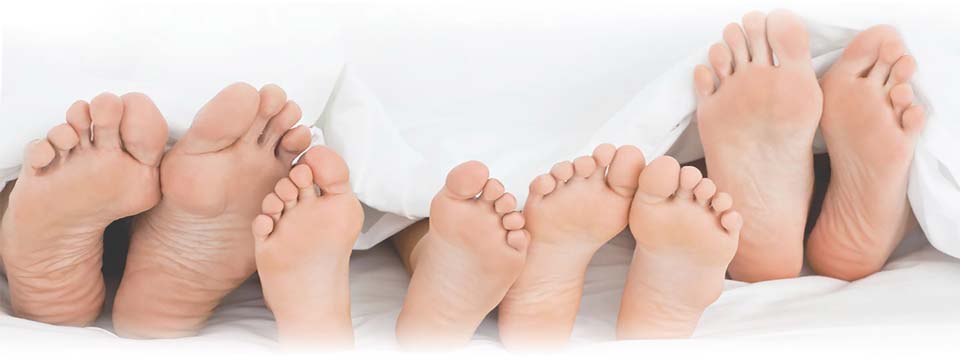Joint and Muscle Pain
“The human foot is a masterpiece of engineering and a work of art” Leonardo da Vinci
It can be frustrating when painful feet and legs stop us doing what we enjoy in life. To function well they have to be mobile and adaptable as well as rigid and strong.
Depending on the diagnosis, many conditions can be improved with podiatry intervention.
Foot Mobilisation
Foot mobilisation is a painless technique that offers a long term solution for many foot problems. Gentle hands on mobilisation of the feet and ankle combined with soft tissue massage stimulates your body’s natural ability to repair.
The benefits to you are:-
- Improved mobility
- Improved stability
- Reduction of stiffness
- Reduction of pain
Some of the common foot problems that respond well to foot mobilisation are:-
- Plantar fasciitis
- Aching or stiff feet
- Sore calf muscles
- Bunions
- Clawed/hammer toes
Foot mobilisation is a long term solution to foot pain and an improvement is normally felt immediately following your first session.
Biomechanical Assessment
If you are experiencing pain or discomfort with your feet, knees, hips or lower back, a biomechanical assessment can identify the source of the problem and provide a long term solution to enable you to live the life you want free of pain.
Consideration of your medical history and lifestyle, observing your posture and movement and hands on assessment will help to diagnosis the cause of your symptoms.
A treatment plan will be discussed with you and treatment options can include footwear and lifestyle advice, foot mobilisation, soft tissue massage, stretching and strengthening exercises or prescribing insoles/orthoses to correct imbalances.
Forefoot pain
This area supports you when you are walking, running or pushing off with your feet. There are a number of causes of pain in the metatarsal area of the foot. Some of the most common causes include badly fitting footwear, nerve irritation (Morton’s neuroma), thinning of the fat pad protecting the ball of the foot or a stress fracture.
Bunions
A bunion, also known as ‘hallux valgus’ is a deformity of the big toe in which the big toe excessively angles towards the second toe and leads to a bony lump on the side of the foot. This can also form a large sac of fluid, known as a bursa, which can then become inflamed and sore.
Once the big toe leans toward the second toe, the tendons no longer pull the toe in a straight line, so the problem tends to get progressively worse. This condition can also lead to corns and calluses developing.
Heel Pain
There are a number of conditions that can cause heel pain, the most common being plantar fasciitis. The plantar fascia is a tough and flexible band of tissue that runs under the sole of the foot. Sudden damage, or damage that occurs over many months can cause micro tears to develop inside the tissue of the plantar fascia resulting in heel pain. The surrounding tissue and heel bone can also sometimes become inflamed.
Pain is often worse first thing in the morning when getting out of bed and walking after sitting down for a period of time.
" I had suffered with heel pain for nine months before seeing Karen. She diagnosed plantar fasciitis and explained the causes and came up with a treatment plan which included mobilisation techniques with stretching and exercises that I did at home. It has gradually improved over the last six weeks and I no longer have the acute pain and feel confident I am finally on the mend".
Peter, Bournemouth

